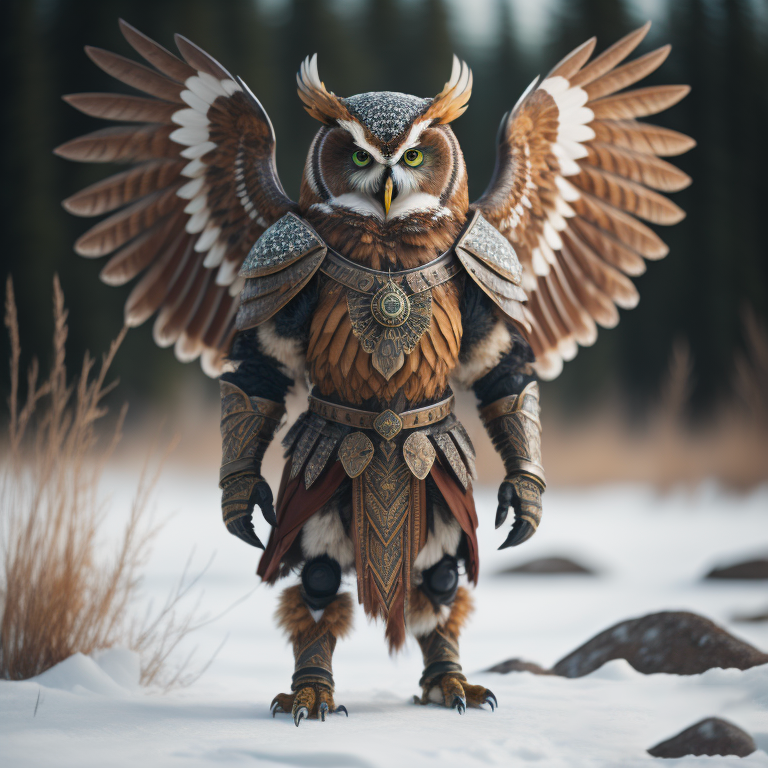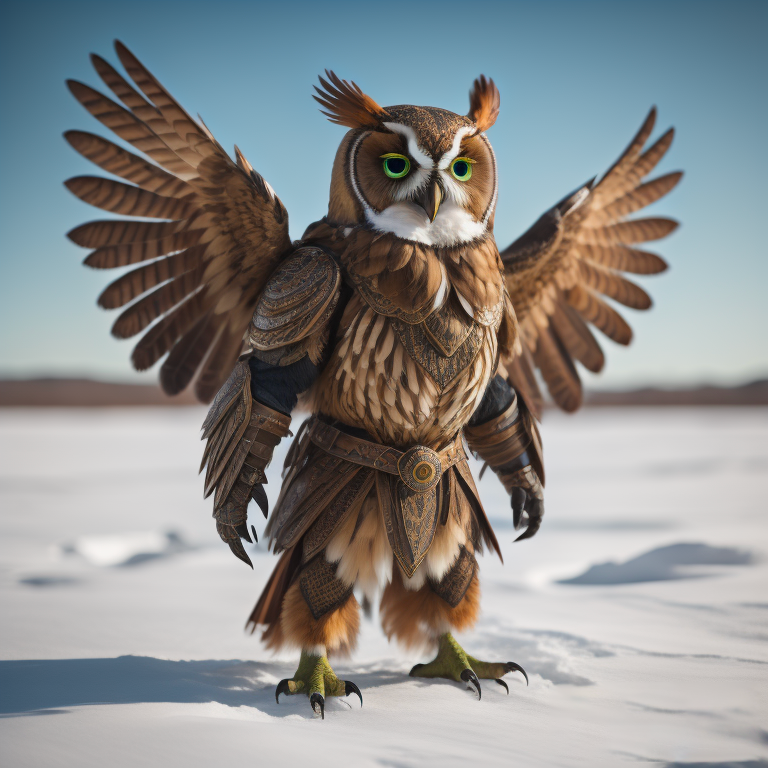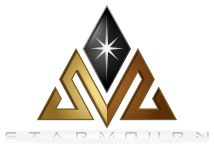Excerpted from: "A Catalog of the Races of the Starmourn Sector"
A hardy race of avian humanoids native to the frozen planet of Paperweight, the Belaul have only recently taken to the stars for the first time, having lived for many millennia in peace and seclusion. While their technologies differ from those of the interstellar community, the Belaul are far from primitive, living in comfort and safety thanks to their technological achievements, such as advanced optics, solar power, and wireless energy transmission.
Though flightless, they have an impressive pair of wide-spanning wings which extend from their shoulder blades, and their bodies are covered with feathers ranging from a stark white to a tawny brown shade. Their three sharp talons on both feet and hands serve as dangerous complements to their curved beaks. Despite a relatively small stature, the Belaul have little fear for the predators of their ecosystems, resting comfortably on their perch at the top of the food chain.
As recently as 212 A.E following the crash of the Li’Gon, the beginning of a terrible Ice Age has overtaken the temperate grasslands and boreal forests of their home. As the climate continued to shift, the Belaul gathered around the greatest belfir trees, creating a network of tribal communities called Nests beneath the boughs of the frost-resistant forests. When lost in the frost for too long, some Belaul become deranged and violent, succumbing to a well-feared disease called ‘tundra madness’ which can only be cured by a potent combination of locally sourced herbs.
| Homeworld System | Razor's Rift |
| Homeworld | Paperweight |
| Capital City | The Nest / Yr'Sh'Eya |
| Avg. Lifespan | 260-300 years |
| Diet | Omnivores with a preference for fish and small creatures. |
| Temperament | Rational with a strong devotion to the planet and its inhabitants. Can be very standoffish when it comes to welcoming newcomers, but serve as loyal allies once trust is established. |
| Likes/Dislikes | Belaul have a strong fondness for tradition and storytelling, with all productivity tied back to bettering the Nest and their society. |
| Family structure | All Belaul in the nest take part in raising the young, including monitoring the hatchery, securing the Nest from outside threats, sharing stories and lessons, and bringing the young out on hunting expeditions as they grow. |
| How do they treat the helpless? | As evidenced by their support of the Twice-Departed Jin who crashlanded into the Paperweight Tundra, the Belaul are known for a kindness to all living beings in their homeworld which extends even to outsiders, though trust is a hard earned thing with this secular society. |
| Notable rituals | Seasonal traditions around the bonfire at the heart of Yr'sh'eya involve retelling important tales from the year past and lessons for the young. |


| Government | Their government is comprised of two key leaders: the Wing of Guiding Strength and the Wing of Leading Strength. Each is selected based on feats which support their ability to lead, whether through feats of strength or intelligence to overcome undefeatable foes, flip overwhelming odds, and lead the Nest to success. |
| How old is their culture? | While it is unknown exactly how long they've had access to spaceflight, the Belaul only began extensive interaction after 212 A.E following the crash of the Li’Gon and the introduction of the Twice-Departed to Paperweight. |
| What are their primary industries? | The Belaul are most known for their development of stoatscale lightcatchers and lenses, which they use to heat and provide power within the great Belfir in which they live. Each tribe thrives in isolation, neither contributing significantly to interstellar economies nor relying on them. |
| Historical enemies | While there may be some animosity from their avoidance of the major conflicts in the sector which lead to present day rivalries, the Belaul have no formal enemies as they've lived in relative seclusion since the time before the frost. |
| Religion | Intrinsically connected to the natural world, Belaul hold a great reverence for the Sh’than’alu, a pantheon of gods embodied by the animals of the tundra, which represent crucial lessons that every Belaul must understand. |
| Language | The Belaul speak in a complex combinations of gestures and tonal chirps, trills, and coos which have been translated, somewhat barbarically, into Common thanks to the universal translator software available in the Sector. When communicating with each other, Belaul will often refer to key locations and themes in their native tongue, the language much more nuanced and rooted in tradition. |
